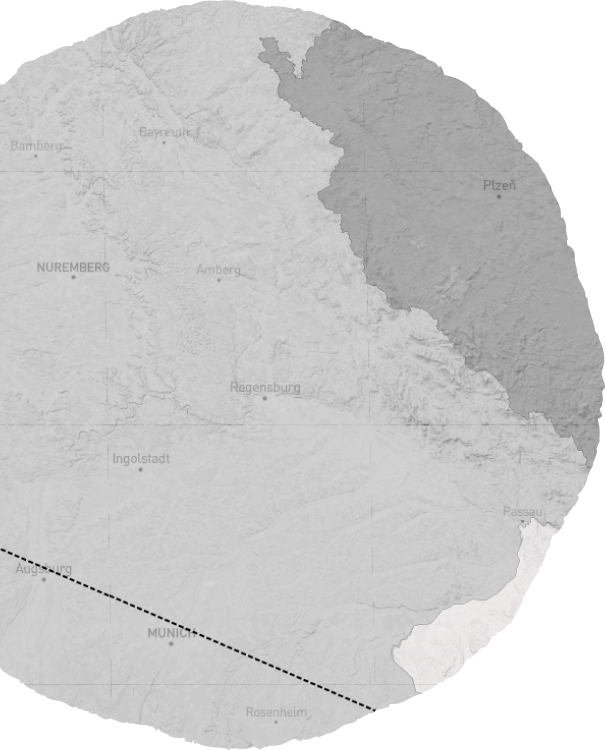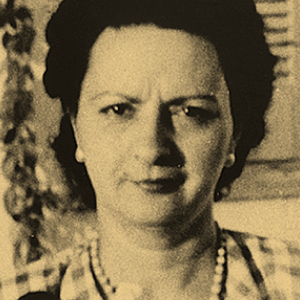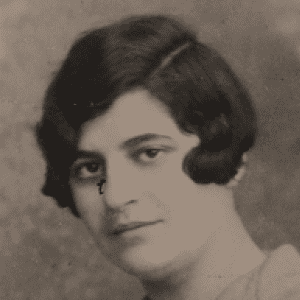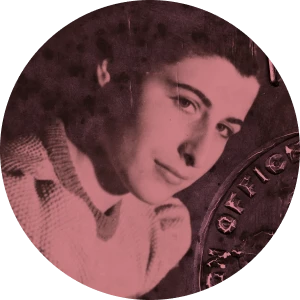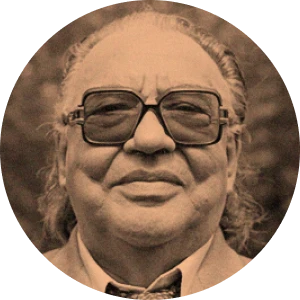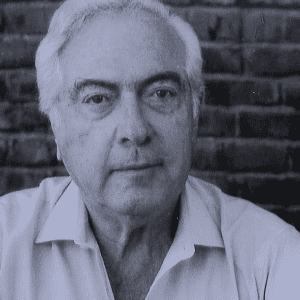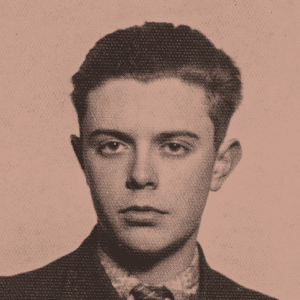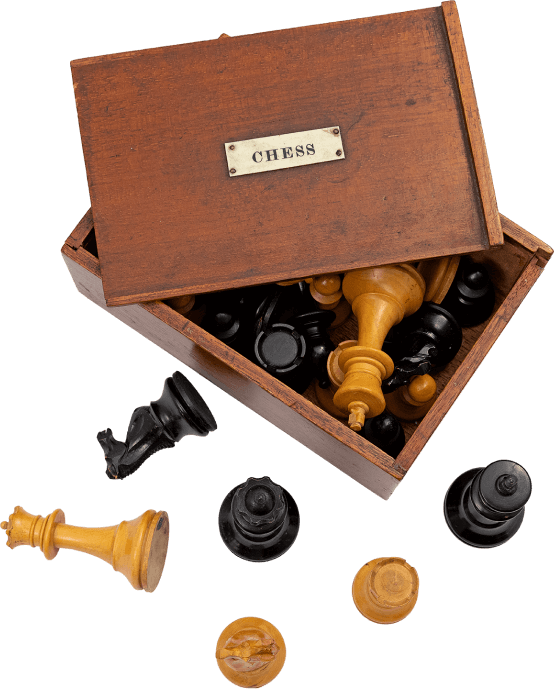
Julie took a selection of items with her on her journey from Austria to the UK, including a wooden chess set.
Julie was a keen chess player – her father, Samuel, ran the local chess club in Graz, and the decision to take her chess set with her when she left highlights just how important the game was to her. More than merely a pastime, it was a big part of her and her family’s life.

These simple wooden pieces represent – and provided a tangible link to – much of what Julie held dear at home. Her family, her achievements, and her sense of identity.
These simple wooden
pieces provided Julie with a tangible link to home
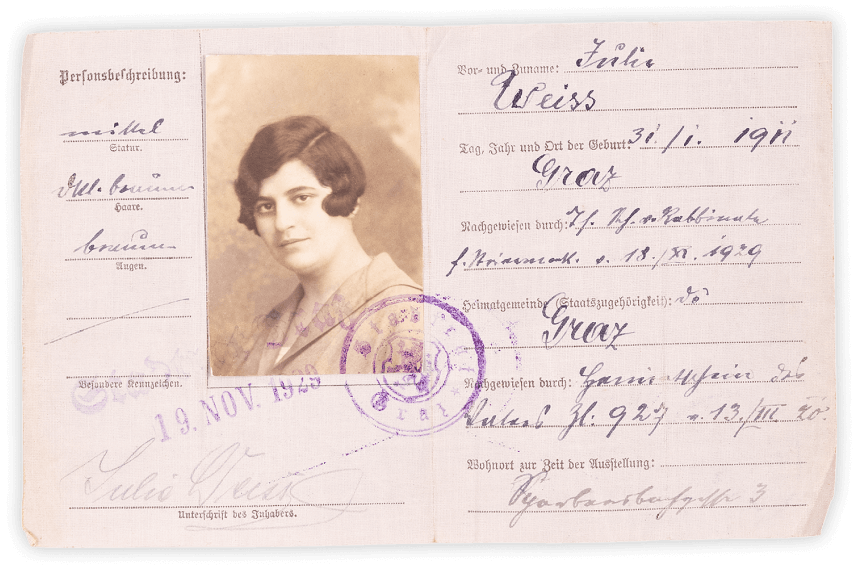
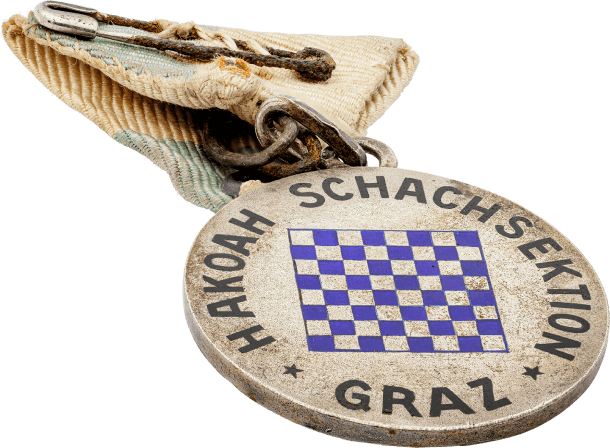
This medal was also among the possessions Julie took with her to London. It was awarded to her for achieving second place in the youth chess tournament in Graz in 1924, when she was about 13 years old.
The medal is inscribed with the wording (in German) ‘Hakoah chess section, Graz’, and is decorated with a Star of David, meaning the club was part of the Hakoah Jewish sports organisation.
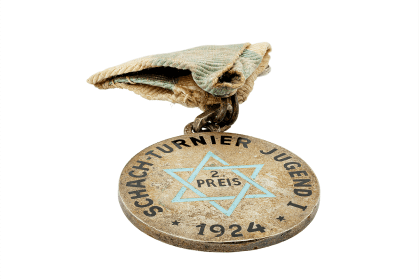
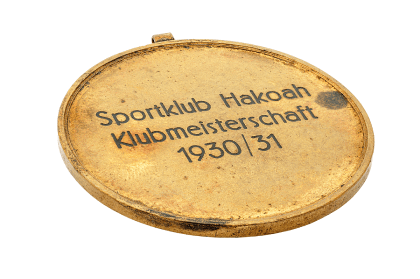
Another of the cherished medals that Julie took with her, this time awarded for achieving first place in chess at the Hakoah club championship, 1930/31.
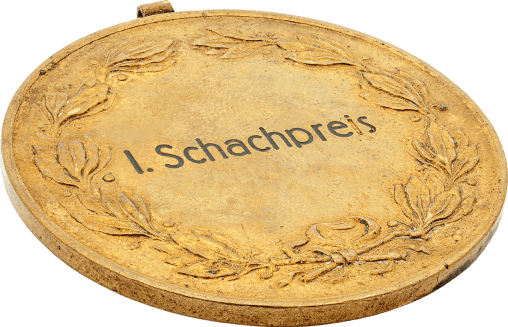
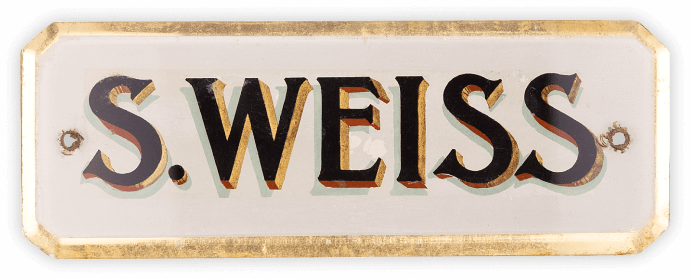
Julie also took a collection of family photographs with her to London. It is unknown if she saw any of the people in these images ever again.
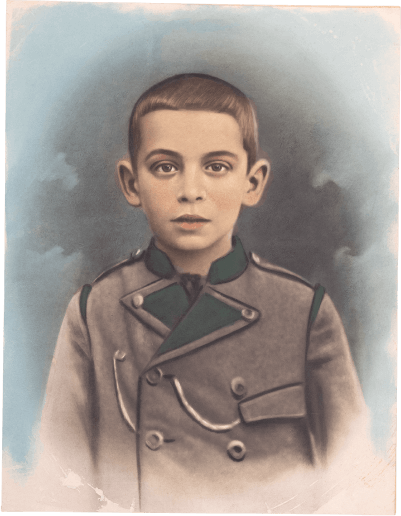
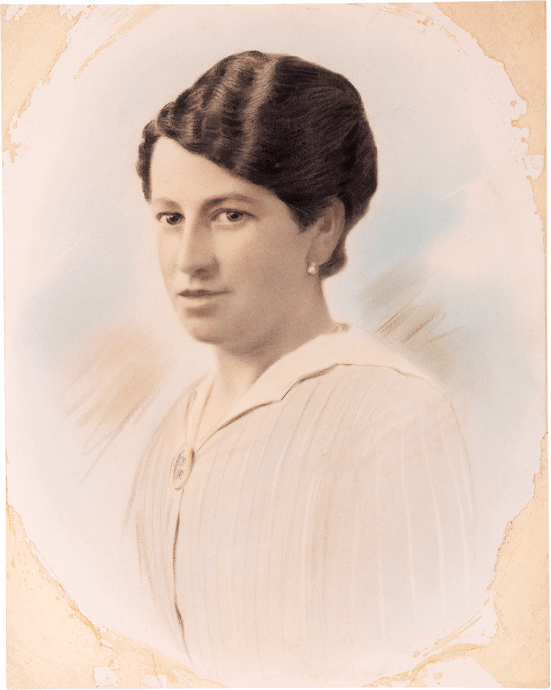
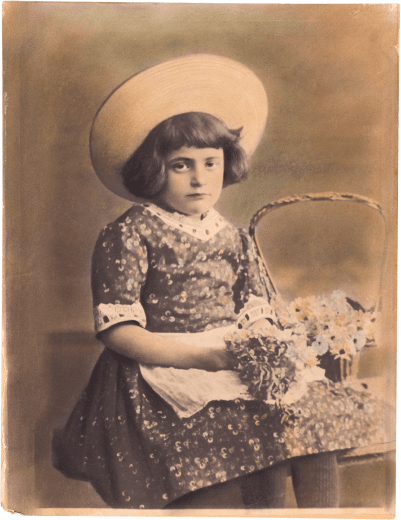
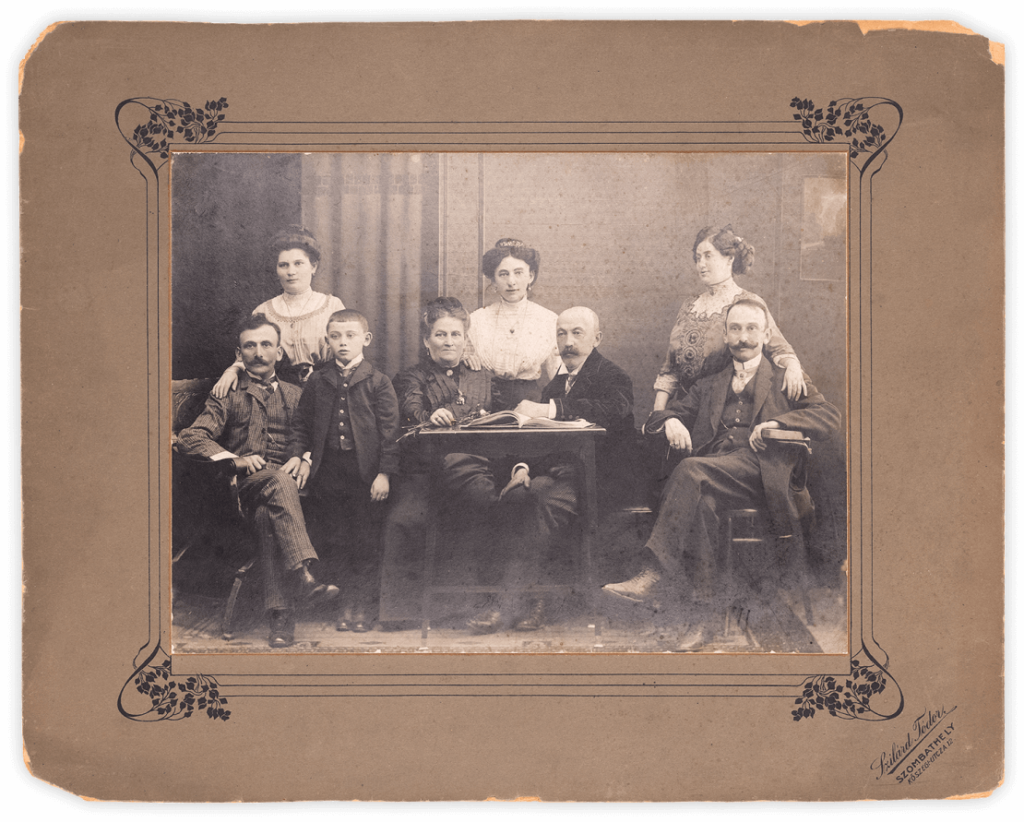
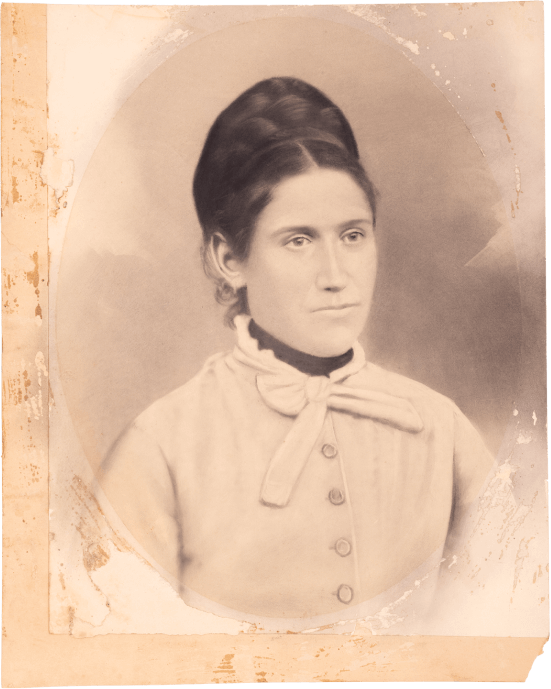
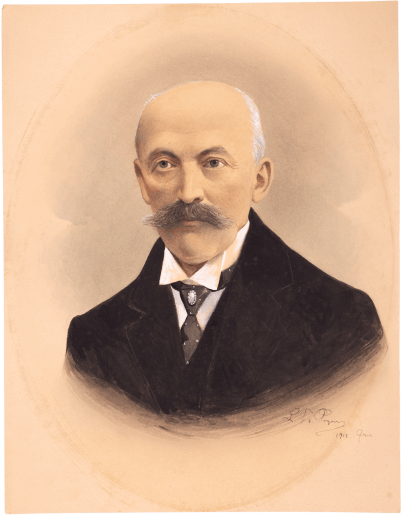
This Mezuzah from Julie’s home was also among the items she took with her. It’s another strong link to her – and her family’s – identity.
Mezuzah A small parchment scroll upon which the Hebrew words of the Shema are handwritten by a scribe. Mezuzah scrolls are rolled up and affixed to the doorposts of Jewish homes, designating the home as Jewish and reminding those who live there of their connection to G‑d and their heritage.
https://www.chabad.org/library/article_cdo/aid/256915/jewish/What-Is-a-Mezuzah.htm
These opera glasses were an additional reminder of home for Julie – they show us the cultural life she left behind.
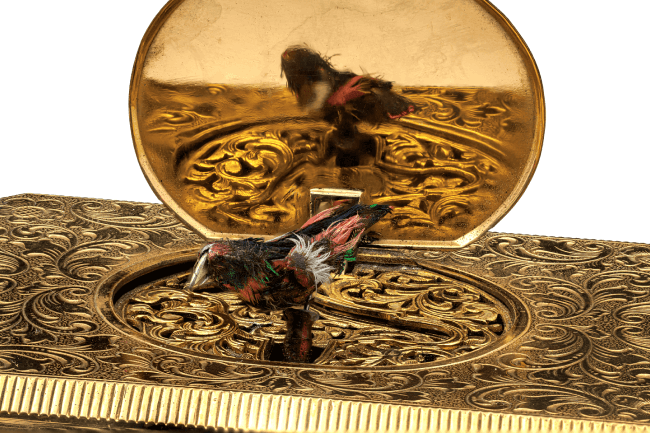
Julie’s jewellery box was another item she took to London. It’s beautifully made, featuring an ornamental bird adorned with real feathers. We know that the Weiss family were affluent, and the craftsmanship of this treasured piece reflects that.
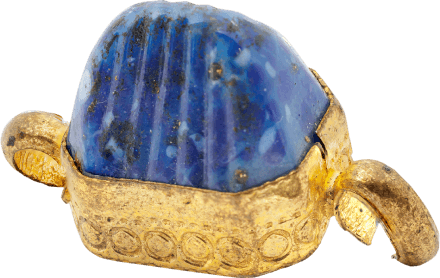
Julie’s jewellery box is beautifully made, featuring an ornamental bird adorned with real feathers
Chess piece, Jewellery Box, ID Card artefacts are displayed at The National Holocaust Centre and Museum in Laxton, Nottinghamshire.

